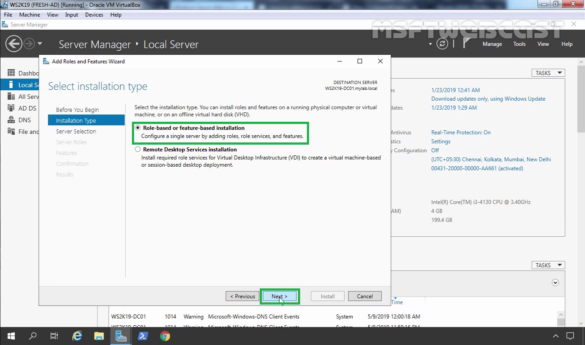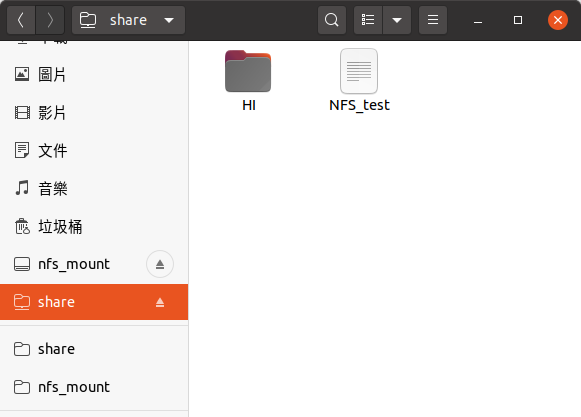

#Ubuntu nfs manager how to#
How to open a custom port manually in Linux RHEL/CentOS 7/8 Here, nfs is the only listening NFS service: ~]# netstat -listening -tcp -udp | grep nfs The following is an example netstat output on an NFSv4-only server listening for RPCBIND, MOUNT, and NSM is also disabled. Use the netstat utility to list services listening on the TCP and UDP protocols: You can also check nfs status using systemctl status nfs-server ~]# systemctl restart ~]# systemctl enable nfs-server Disable related services: ~]# systemctl mask -now rvice rvice rpcbind.socketĬreated symlink /etc/systemd/system/rvice → /dev/null.Ĭreated symlink /etc/systemd/system/rvice → /dev/null.Ĭreated symlink /etc/systemd/system/rpcbind.socket → /dev/null.Īfter you configure NFS server, restart the NFS server to activate the changes and enable it start automatically post reboot. Optionally, disable listening for the RPCBIND, MOUNT, and NSM protocol calls, which are not necessary in the NFSv4-only case.

These VMs are installed on Oracle VirtualBox running on a Linux ~]# vim /etc/nfs.conf Below are the server specs of these Virtual Machines. I have three Virtual Machines which I will use for NFS configuration of server and client.

#Ubuntu nfs manager windows#
NFS is somewhat similar to Microsoft Windows File Sharing, in that it allows you to attach to a remote file system (or disk) and work with it as if it were a local drive-a handy tool for sharing files and large storage space among users. Network File System (NFS) is one of the native ways of sharing files and applications across the network in the Linux/UNIX world. Access NFS shares persistently and non-persistently in Linux.How to configure NFS server and client using NFSv3 and NFSv2 in RHEL/CentOS 7/8 Linux.How to configure NFS server and client using NFSv4 in RHEL/CentOS 7/8 Linux.Comparison between NFSv2 vs NFSv3 vs NFSv4.Start nfs-server, rpcind services and check nfs status.
#Ubuntu nfs manager install#


 0 kommentar(er)
0 kommentar(er)
